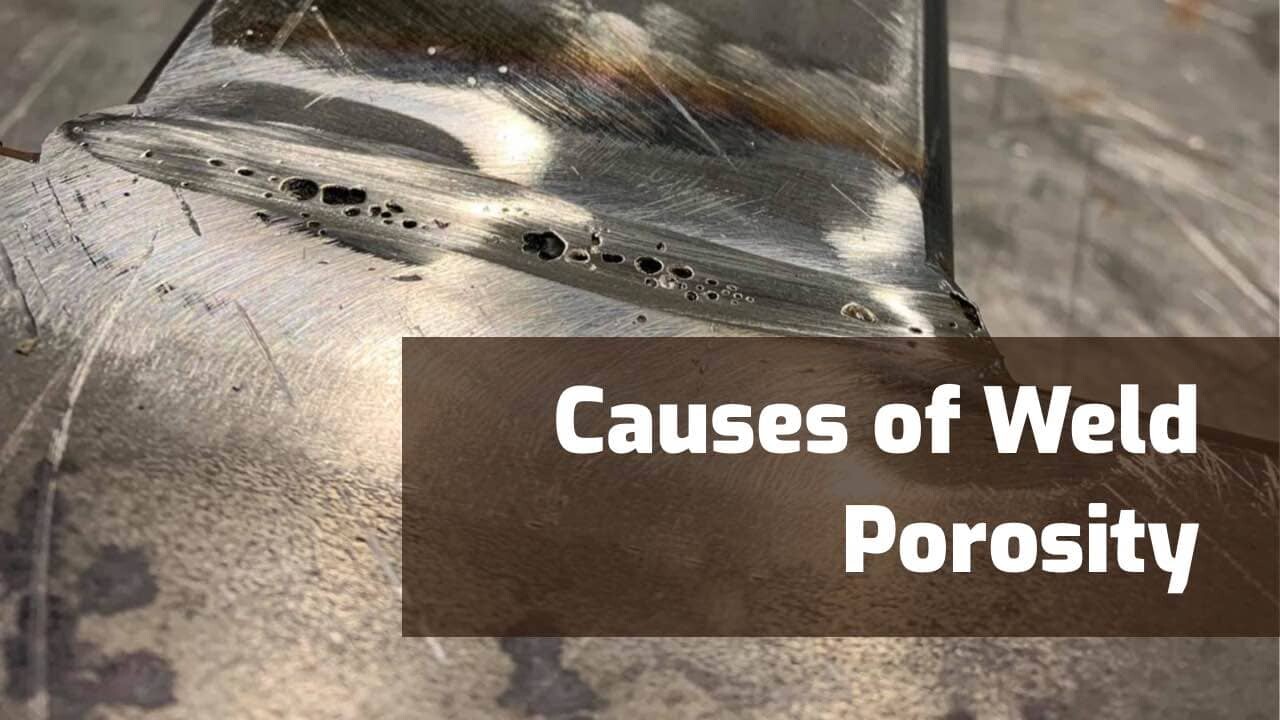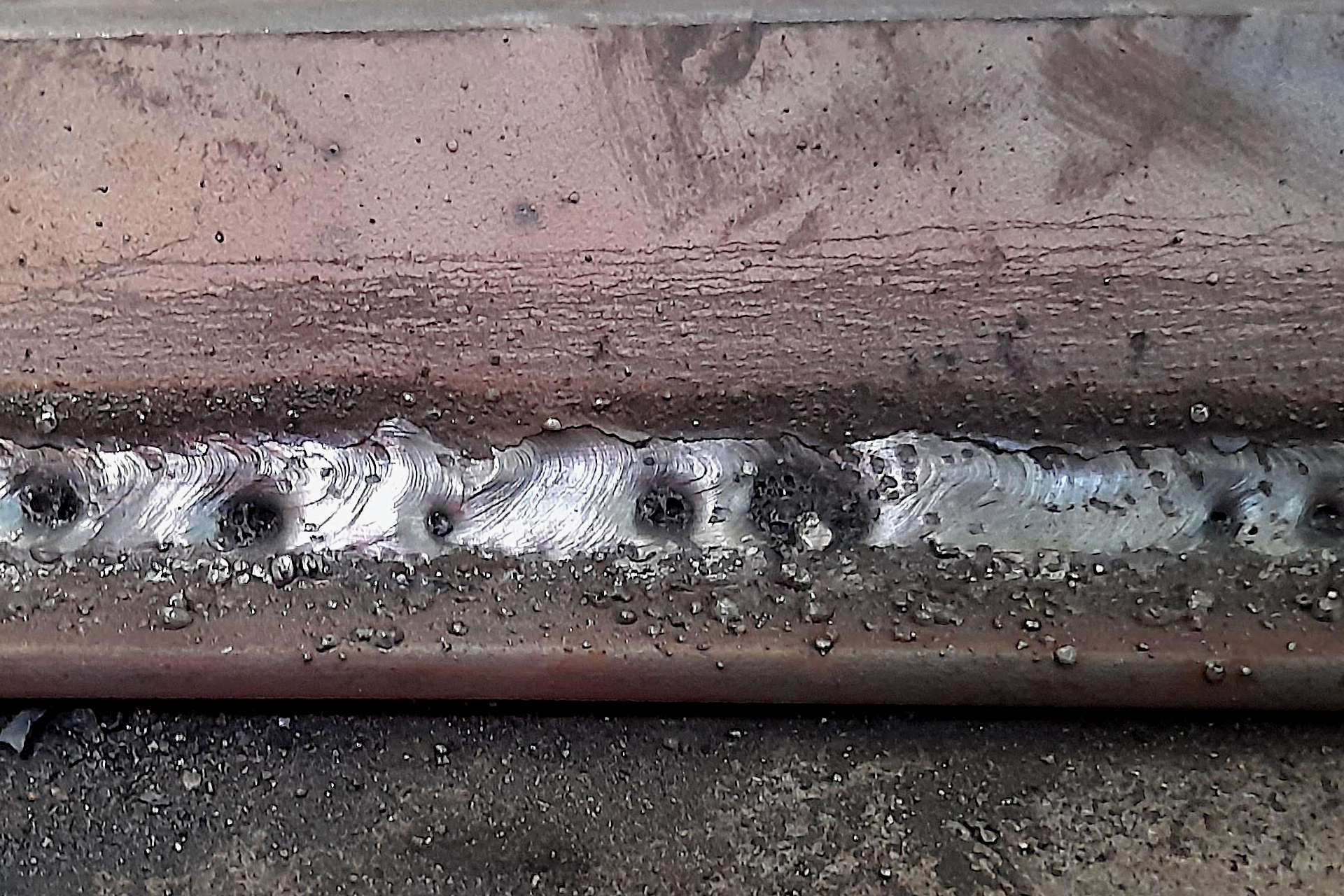Understanding the Art of Welding: Exactly How to Stay Clear Of Undercut Welding Issues for Flawless Manufacture Results
By understanding the root causes of undercut welding and executing effective methods to avoid it, welders can boost their craft to brand-new degrees of quality. In the pursuit of perfect manufacture outcomes, understanding the art of welding to avoid undercut concerns is not simply a skill however a requirement for those aiming for excellence in their work.
Comprehending Undercut Welding

To stop undercut welding, welders need to make certain proper welding parameters, such as adjusting the existing, voltage, traveling rate, and keeping the proper electrode angle. By recognizing the reasons of undercut welding and executing preventive actions, welders can achieve top quality, structurally sound welds.
Sources Of Undercut in Welding
Recognizing the factors that add to damage in welding is essential for welders to produce high-quality, structurally sound welds. When the weld metal does not properly fill the groove developed in between the base metal and the previously transferred weld metal, undercutting happens. A number of elements can lead to damage in welding. One usual cause is too much warmth input. Welding at heats for extended durations can lead to the base metal thawing even more than desired, leading to undercut. Poor welding incorrect or existing welding speed can also add to undercut. Insufficient current may not provide adequate warm to melt the base and filler steels adequately, while too much speed can protect against appropriate fusion, causing undercut. Additionally, inappropriate electrode angles or inaccurate lantern control techniques can produce locations of low weld metal deposition, advertising undercut. Understanding these reasons and carrying out proper welding strategies can assist stop damaging concerns, ensuring long lasting and strong welds.
Methods to Avoid Undercutting

To alleviate the risk of undercutting in welding, welders can use strategic welding techniques intended at enhancing the high quality and stability of the weld joints. Furthermore, using the correct welding strategy for the particular joint setup, such as weave or stringer beads, can add to lowering damaging.
Furthermore, correct joint preparation, consisting of making certain tidy base products without impurities and utilizing the ideal welding consumables, is critical in preventing undercut defects. Utilizing back-step welding techniques and regulating the weld bead profile can likewise aid disperse heat evenly and minimize the threat of undercut. Regular inspection of the weld joint during and after welding, as well as executing quality assurance procedures, can help in addressing and spotting undercutting problems promptly. By carrying out these strategies carefully, welders can accomplish perfect manufacture results with minimal undercut issues.
Value of Proper Welding Specifications
Choosing and maintaining appropriate welding criteria is crucial for achieving successful welds with very little defects. Welding specifications describe variables such as voltage, present, travel rate, electrode angle, and securing gas circulation rate that straight impact the welding process. These parameters should be very carefully readjusted based on the kind of product being bonded, its thickness, and the welding strategy used.
Correct welding criteria make certain the correct amount of warmth is applied to melt the base steels and filler material uniformly. If the specifications are established too expensive, it can result in excessive warmth input, causing spatter, burn-through, or distortion. On the other hand, if the criteria are also reduced, incomplete combination, lack of infiltration, or undercutting may happen.
Quality Control in Welding Procedures

Final Thought
Finally, grasping the art of welding needs an extensive understanding of undercut welding, its causes, and strategies to prevent it. By guaranteeing appropriate welding parameters and applying quality assurance methods, remarkable construction outcomes can be accomplished. It is important for welders to consistently strive for quality in their welding operations to avoid undercut problems and create high-quality welds.
Undercut welding, a typical issue in welding processes, takes place when the weld steel does not effectively fill the groove and leaves a groove or clinical depression along the welded joint.To avoid undercut welding, welders should guarantee proper welding parameters, such as adjusting visit this site the present, voltage, traveling rate, and preserving the right electrode angle. Inadequate welding inaccurate or existing welding speed can likewise contribute to damage.To mitigate the threat of undercutting in welding, welders can employ calculated welding methods intended at boosting the top quality and integrity of the weld joints.In final thought, grasping the art of welding requires a detailed understanding of undercut welding, its reasons, and techniques to great post to read stop it.